The Ark of the Covenant in Japan: a report from Mount Tsurugi [Pt. 1]
![The Ark of the Covenant in Japan: a report from Mount Tsurugi [Pt. 1]](/content/images/size/w1200/2024/09/mt-tsurugi-9.png)
If you have been following our work, you already know that ancient Japan, referred to as Yamato, was created by a migration of Near Eastern royal-shamanic lines, including the Lost Tribes of Israel, and Kyoto was established as its capital to be the new Jerusalem.
This secret is encoded in the Bible itself.
"Therefore in the east give glory to the LORD; exalt the name of the LORD, the God of Israel, in the islands of the sea."
Isaiah 24:15
"But the land you are about to cross the river and take for your own is a land of mountains and valleys; it drinks water that rains from the sky. It's a land that GOD, your God, personally tends—he's the gardener—he alone keeps his eye on it all year long."
Deuteronomy 11:11
"These twelve Jesus sent out, instructing them, “Go nowhere among the Gentiles and enter no town of the Samaritans, but go rather to the lost sheep of the house of Israel."
Matthew 10:5–15
As we will be sharing more in the future, the royal-shamanic clans of the Near East who built much of what we now know as Japan today, were in fact descendants of a royal bloodline that go far back to the forgotten civilizations of Mu/Atlantis/Lemuria. After the great cataclysm that almost destroyed the world, these clans branched off from each other to become a variety of ancient peoples, including the Jomon, Celts, Mayans, Phoenicians, Sumerians, Egyptians, and Hebrews, to repopulate the Earth and spread the mystical knowledge of the lost ancient world.
Through successive waves of migration these people returned to Japan, particularly along the land route of the Silk Road, creating some of the first kingdoms of Persia, India, China, and Korea. Propelled by prophesies secretly passed down their families, they made their way back home, to an Island nation lit up by the Rising Sun to resemble a Golden Dragon, in order to fulfill their promise of hiding and protecting the proof that all people of Earth are one, until a prophesied time: now.
Hiroaki Omote, 80th heir of Yamakage Shinto (山陰神道), shares his understanding between Japanese spirituality and its connection to the ancient Near East.
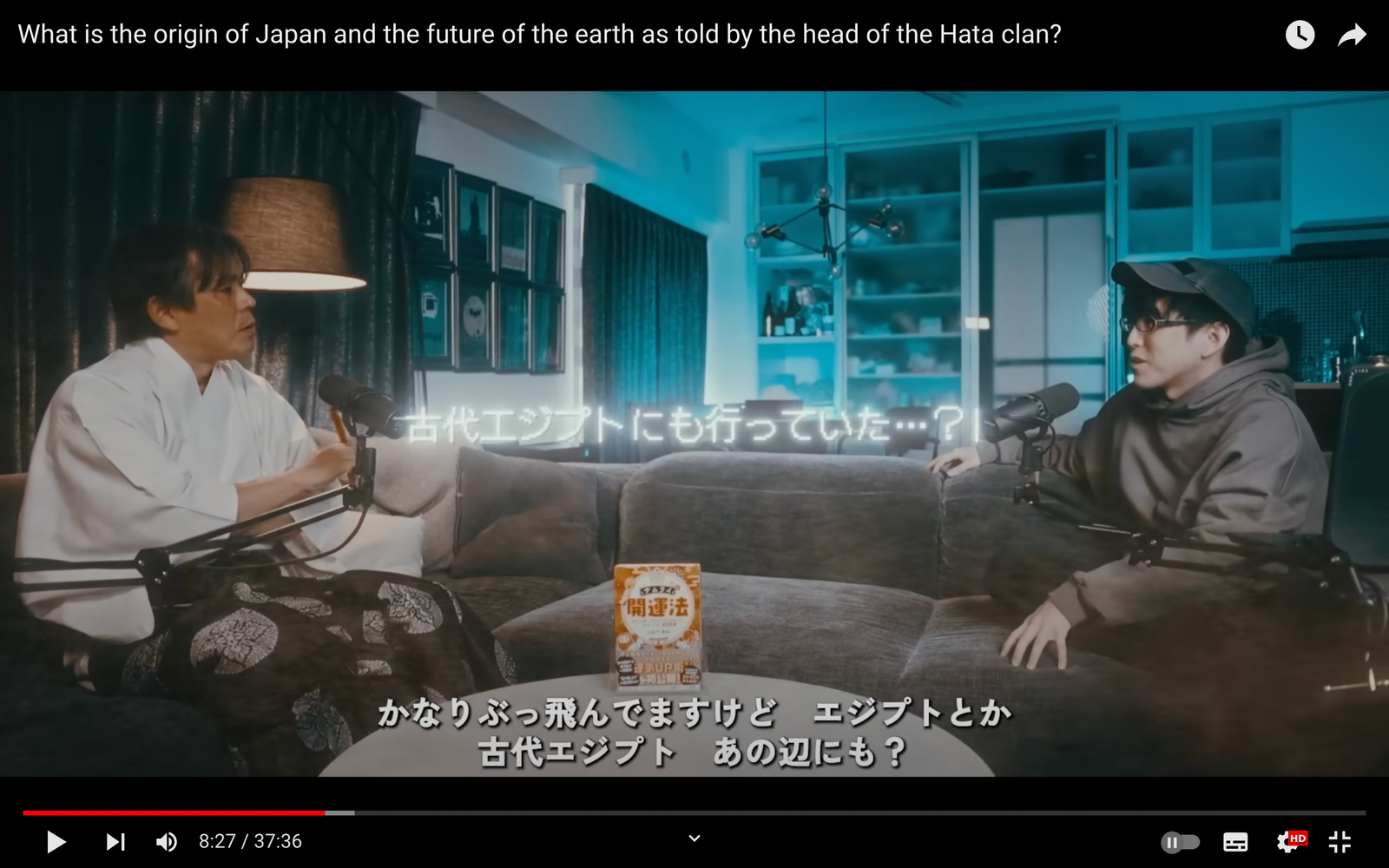
This is why Kyoto was originally named Heiankyo (平安京), exactly meaning "Peaceful Capital" i.e. Jerusalem, and its central district was called Gion (祇園), after Zion. Gion district is still spiritually anchored by Yasaka Shrine (八坂神社), whose namesake, Yasaka (八坂), through a switching of Chinese characters can be converted to Yahae (弥栄), meaning prosperity, referring to the fact that the Kami enshrined at Yasaka Shrine is none other than Yahweh.
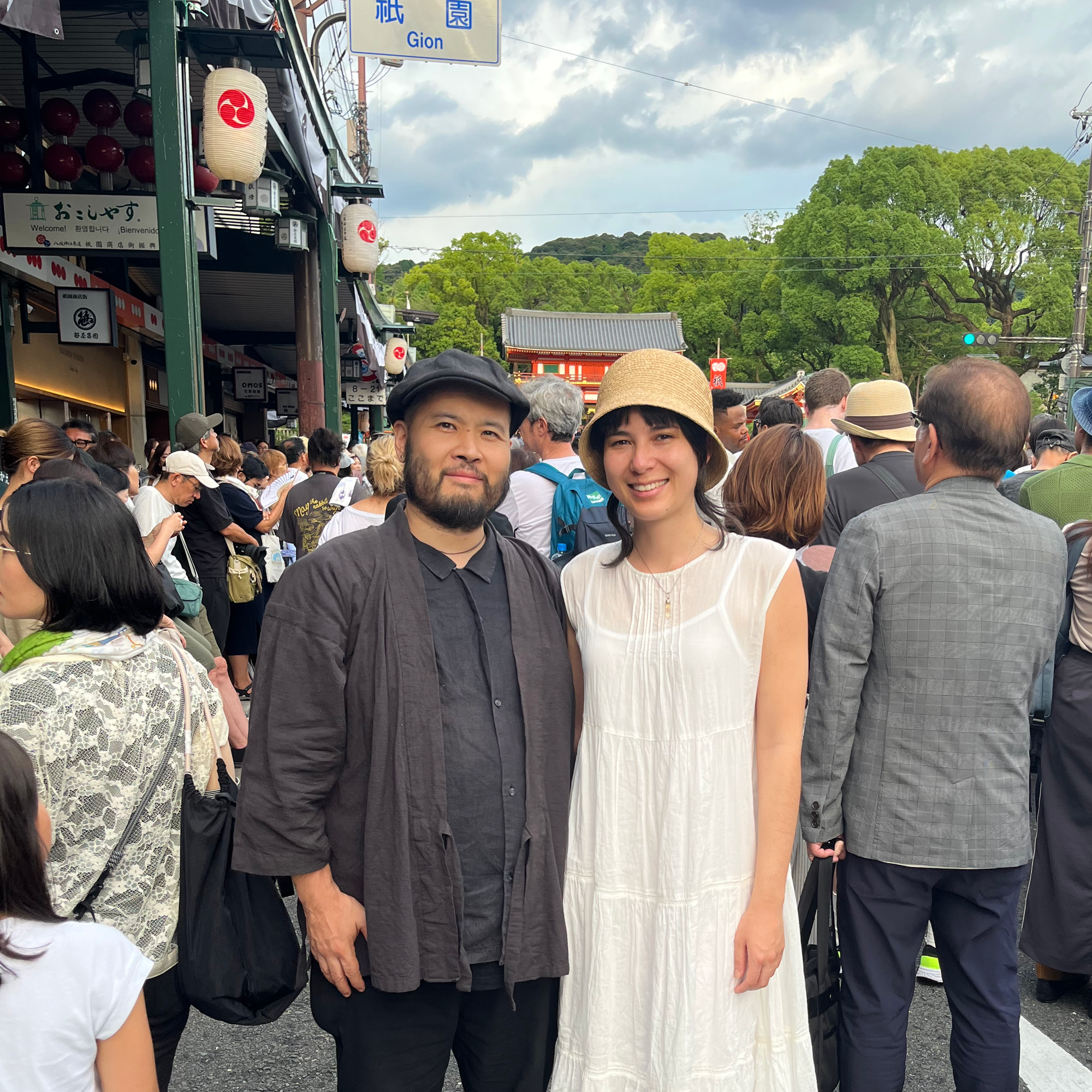
Gion Festival (祇園祭) takes place at Yasaka Shrine in Kyoto on July 17th, the same day that Noah's Ark safely landed on Mount Ararat and Yeshua was resurrected according to the old Hebrew calendar. The festival commemorates and celebrates the long and arduous journey that the ancient Near Eastern tribes made to return back home to Japan across the Silk Road by holding the rite of Yamahoko Junko (山鉾巡行). This features a procession of 33 floats, heralded as 'moving museums', each adorned by tapestries that remember the various lands the exiled clans made their pilgrimage through.
The Yamahoko Junko is opened by a ceremony on the Naginata Hoko (長刀鉾), meaning "long sword float", where a 8-10 year old child, who is chosen from an elite Kyoto family, and trained and treated as a divine messenger for a whole year, cuts a shimenawa rope (注連縄), to slice open the boundaries between the Divine and Human realms for the duration of the one-week festival.
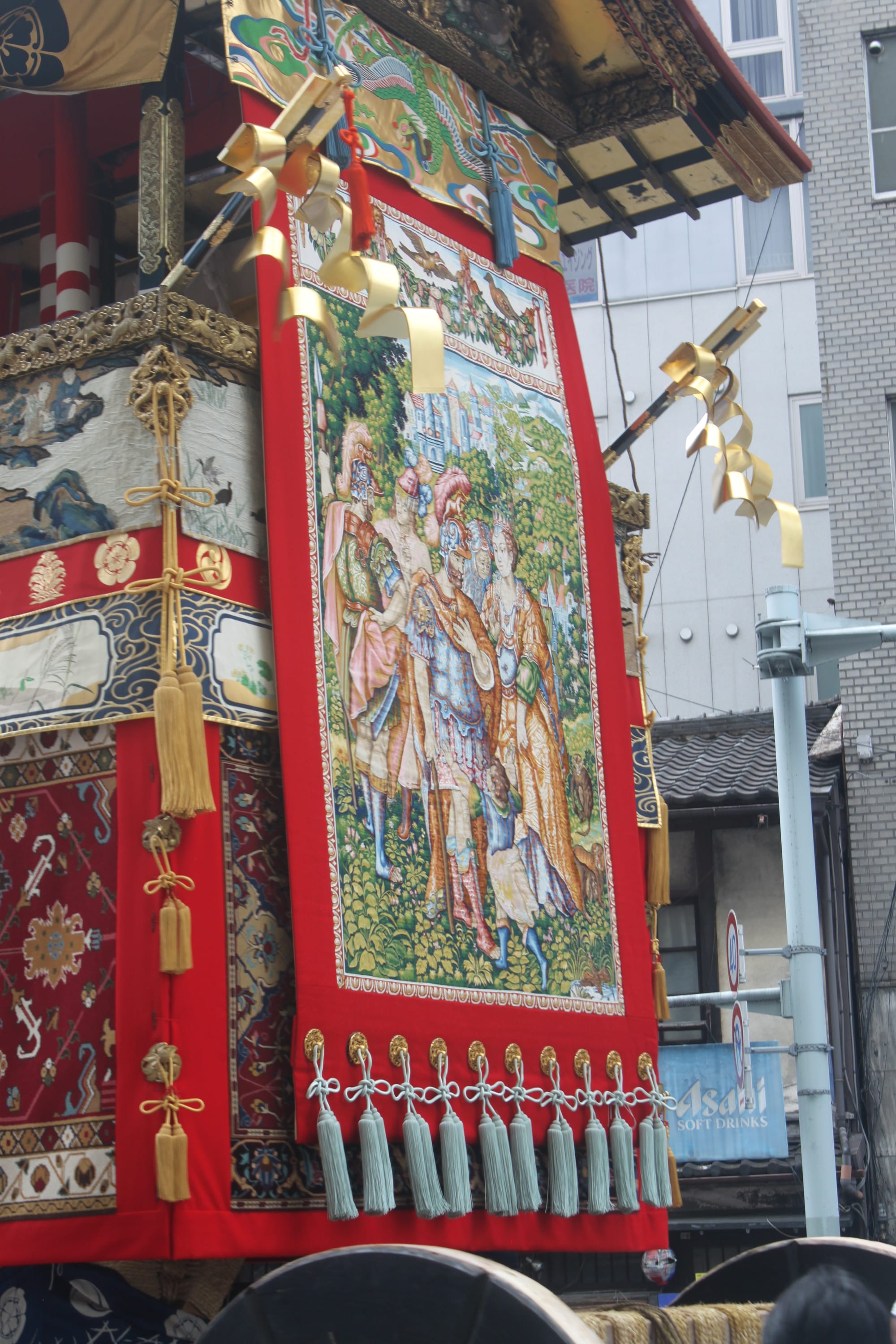
Uncovering the secrets of Gion Festival also takes us on the trail of another great Shinto mystery.
On the same day as Gion Festival, July 17th, there is also a festival held at Mount Tsurugi on Shikoku Island, the second tallest peak in all of West Japan, where a mikoshi chariot (神輿) is carried up to the top of the mountain, as if to mimic the very act of Noah's Ark landing at Mountain Ararat after the floods.
This annual festival was the main piece of evidence that led Masanori Takane (高根正教), a bible researcher in the 1930s, to theorize that the Japanese royal family were the heirs of the royal line of the Hebrews, and the proof of this was that the legendary Ark of the Covenant, a lost treasure of ancient Israel that represents the special covenant between the ancient Hebrews and Yahweh, was in fact brought to Mount Tsurugi through the Silk Road.

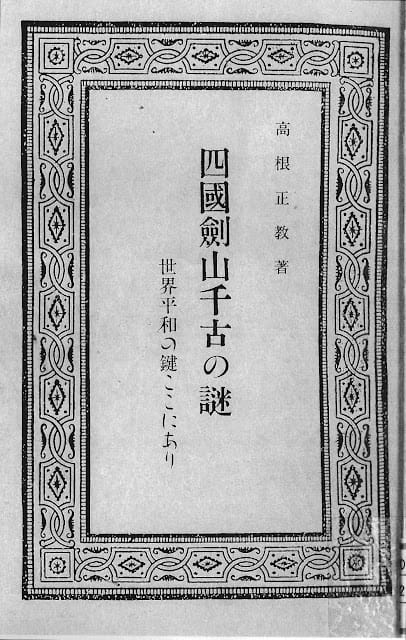
Since the release of this theory, it has become commonly theorized that the origins of the Japanese mikoshi, a ubiquitous feature of Shinto festivals all across Japan, is in fact the Ark of the Covenant itself.
You may notice that their shape is very similar, both with winged creatures adorning the top.
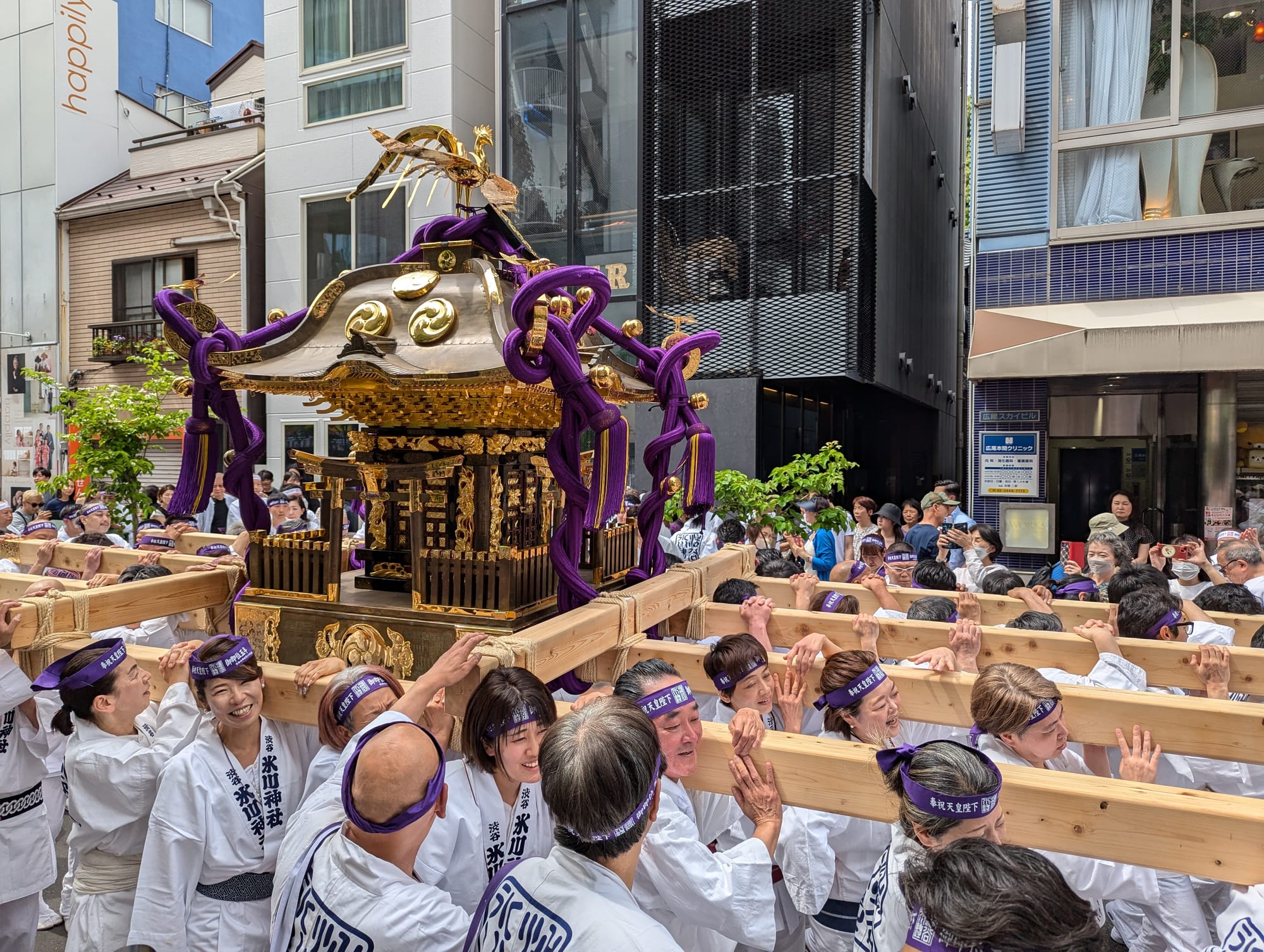

Similarly, there has been much speculation that the three Japanese imperial regalia, the Great Mirror (八咫鏡), the Grass-cutting Sword (草薙剣), and Great Fetus-like Jewel (八尺瓊勾玉), originated in the three treasures of King Solomon, the Ten Commandments, the Wand of Aaron, and Vessel of Manna, that were said to have been carried inside the Ark of the Covenant.
"[t]he ark of the covenant overlaid round about with gold, wherein was the golden pot that had manna, and Aaron’s rod that budded, and the tablets of the covenant"
Hebrews 9:4️
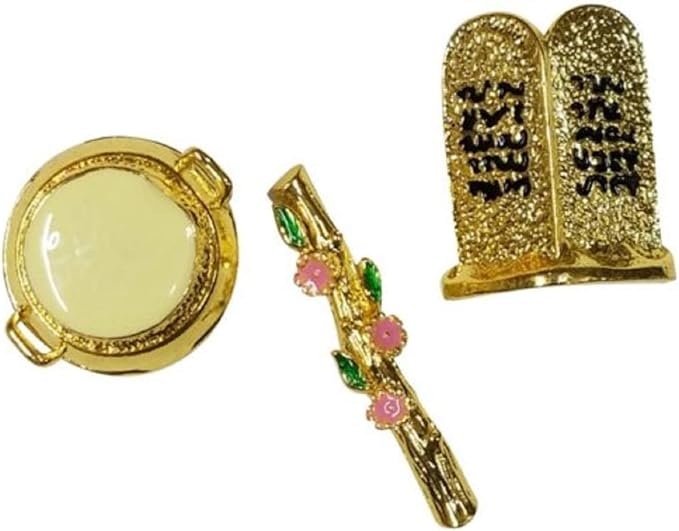
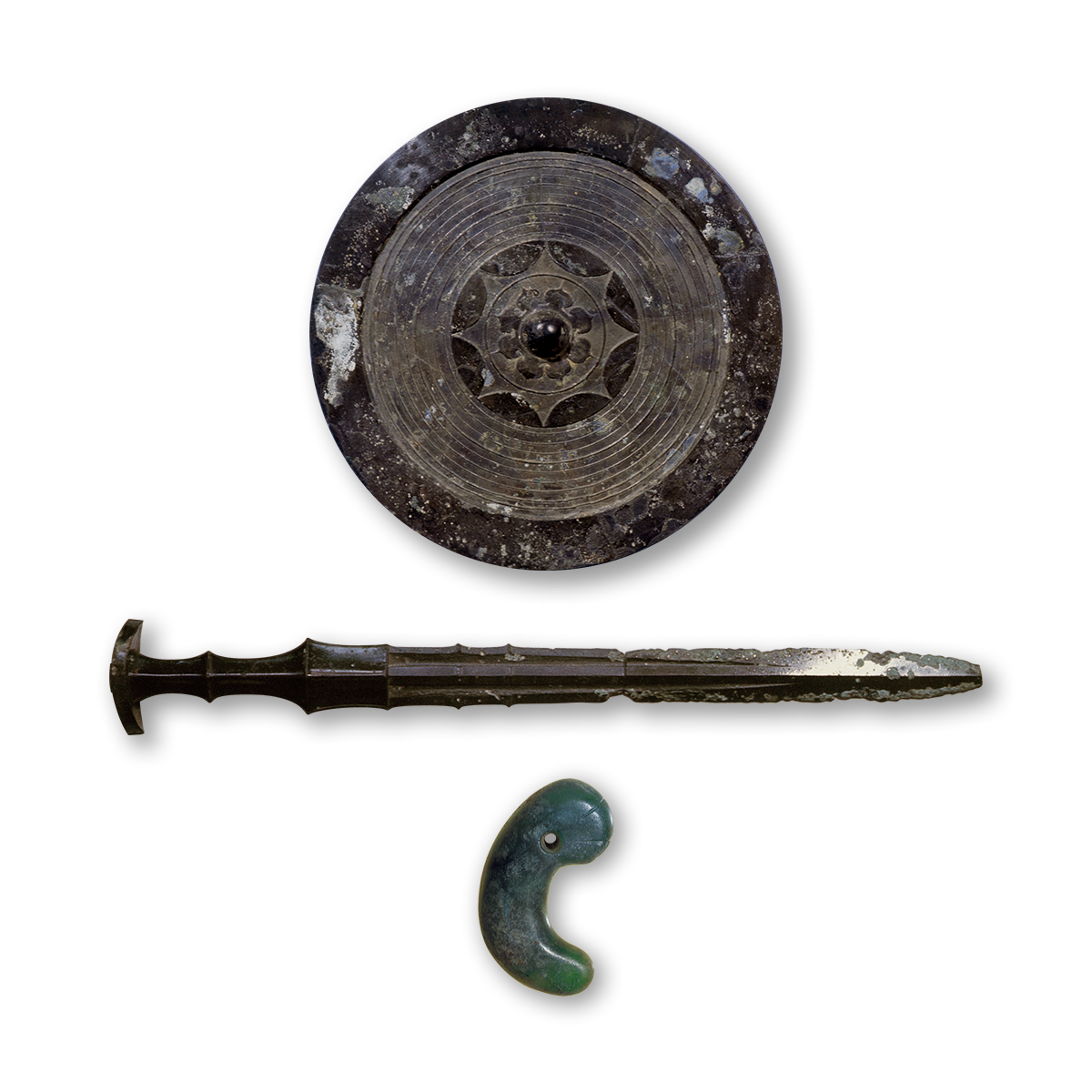
While this theory may first sound completely bizarre, you will notice that the Japanese regalia and the treasures of King Solomon seem to directly reflect one another:
- The Great Mirror seems to correspond to the Ten Commandments that comes in the form of two "mirrored" tablets.
- The Grass-cutting Sword seems to correspond to the Wand of Aaron as the exact opposite of a Wand that blossoms flowers is a Sword that cuts grass.
- The Great Fetus-like Jewel seems to correspond to the Vessel of Manna as it represents the life essence that is born from the vessel of the womb.
Obsessed by his theory that Mount Tsurugi was the resting place of the Ark of the Covenant, Takane led excavations of the top of Mount Tsurugi from 1936 to 1939. Employing many helpers and digging 150m deep, he discovered many unusual artefacts, including a series of three polished stone mirrors, one of which has become a treasure of Tsurugi Shrine, situated at 1430m above sea level at Mount Tsurugi. Unfortunately, the rest of Takane's findings were confiscated in 1937 by the Japanese military police.


While Takane never found the treasures of Solomon he was searching for, his work inspired many other successive excavations, including one by former Navy General, Eisukue Yamamoto (山本英輔) in 1950 that led to the discovery of around 100 mummified remains as reported by a local newspaper. Yet again, the findings were confiscated by the military police and the newspaper that released the news of the discovery was quickly shutdown.

Another man, Toshiharu Miyanaka (宮中要春), excavated the peak of Mount Tsurugi all by himself for over 20 years since he read Takane's book, "Ancient mysteries of Mount Tsurugi in Shikoku - The key to world peace is here", in 1952. He found nothing of note in his quest that lasted over two decades.



It is even rumoured that General Douglas MacArthur, commander of the occupied allied forces (General Headquarters or GHQ), led an expedition himself shortly after World War 2.
In 1969, Mount Tsurugi was designated as a wildlife reservation and excavations have been banned since.
Hearing all these legends, we of course had to make a pilgrimage to Mount Tsurugi for ourselves!
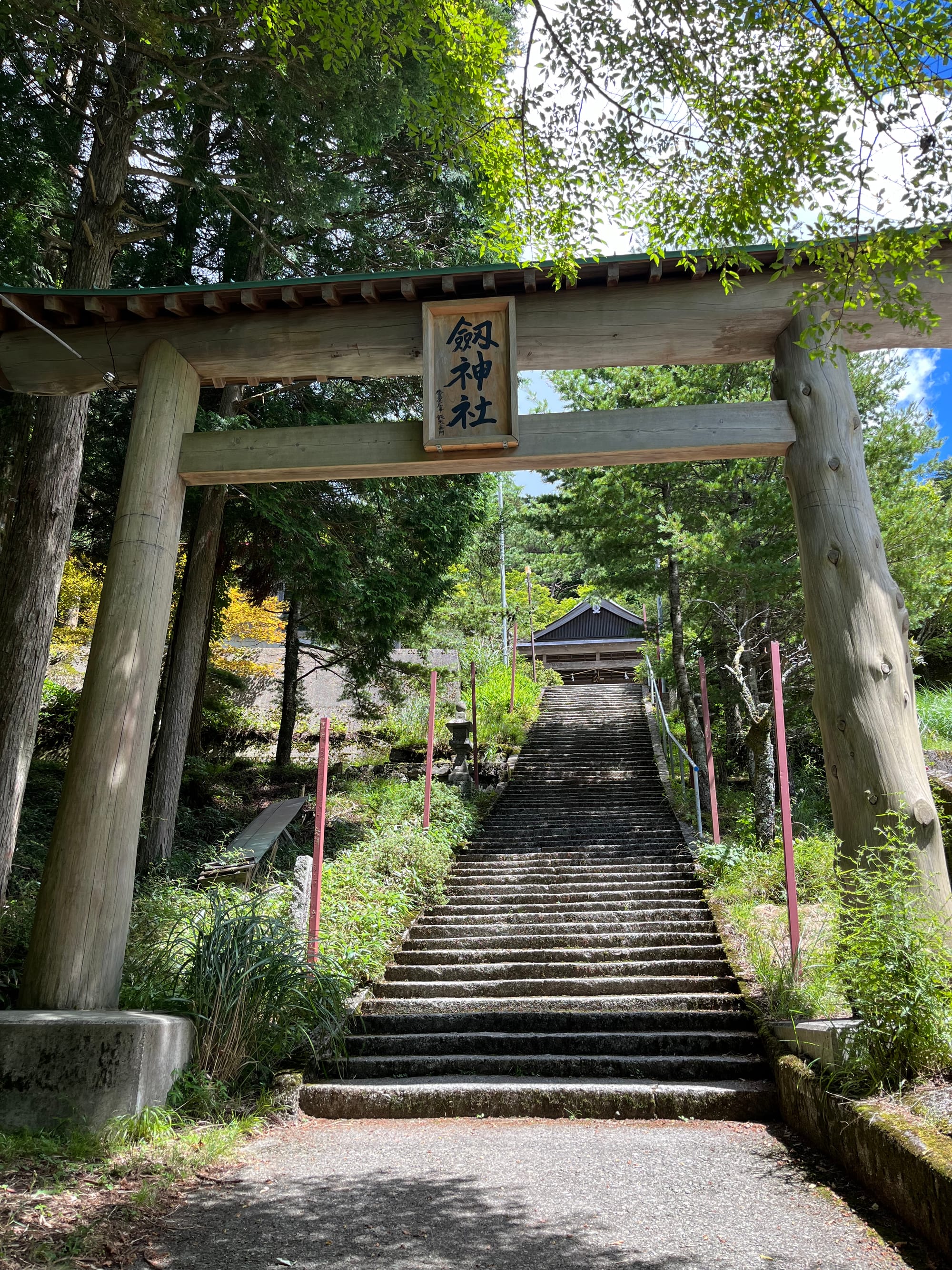
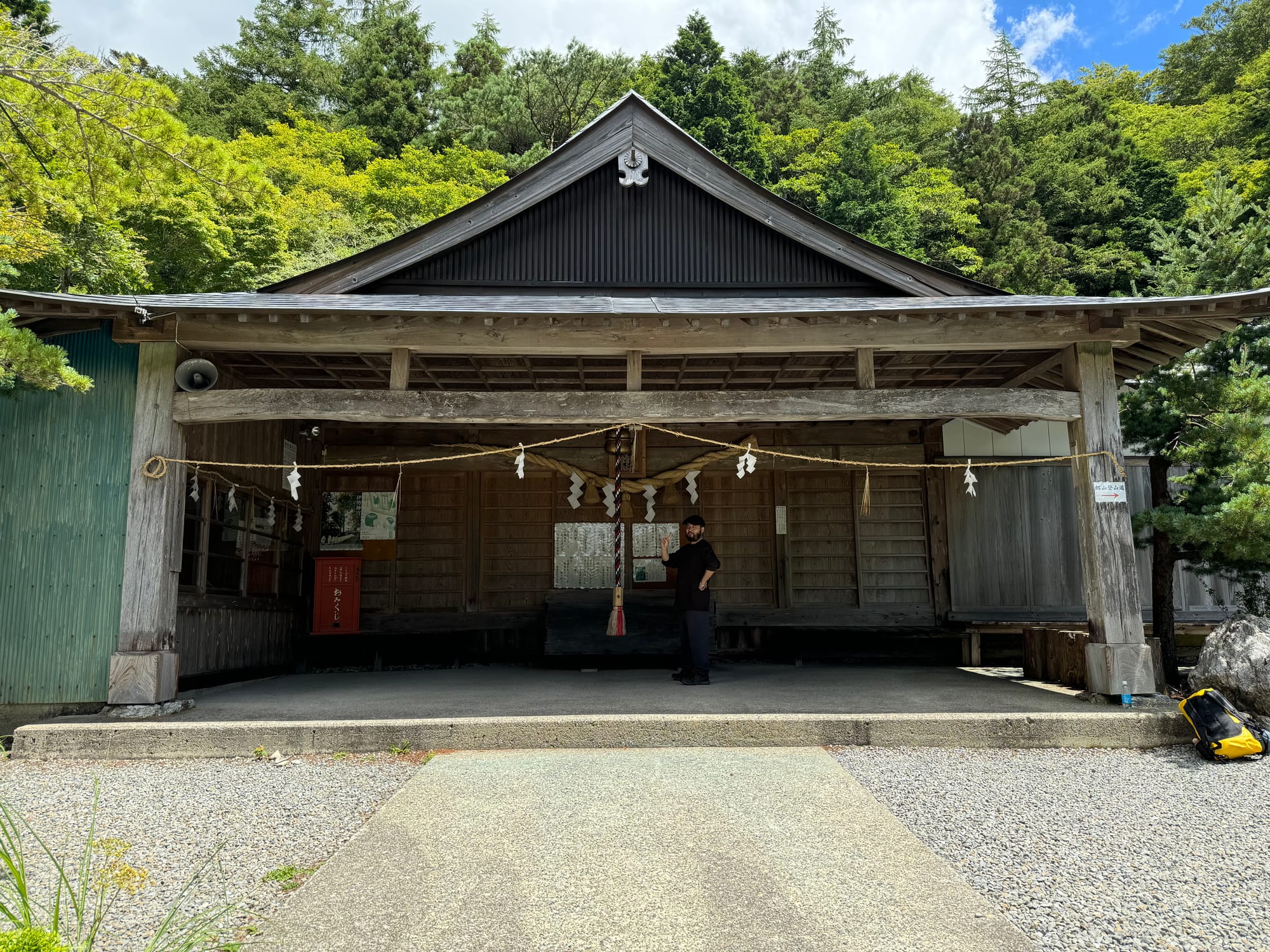
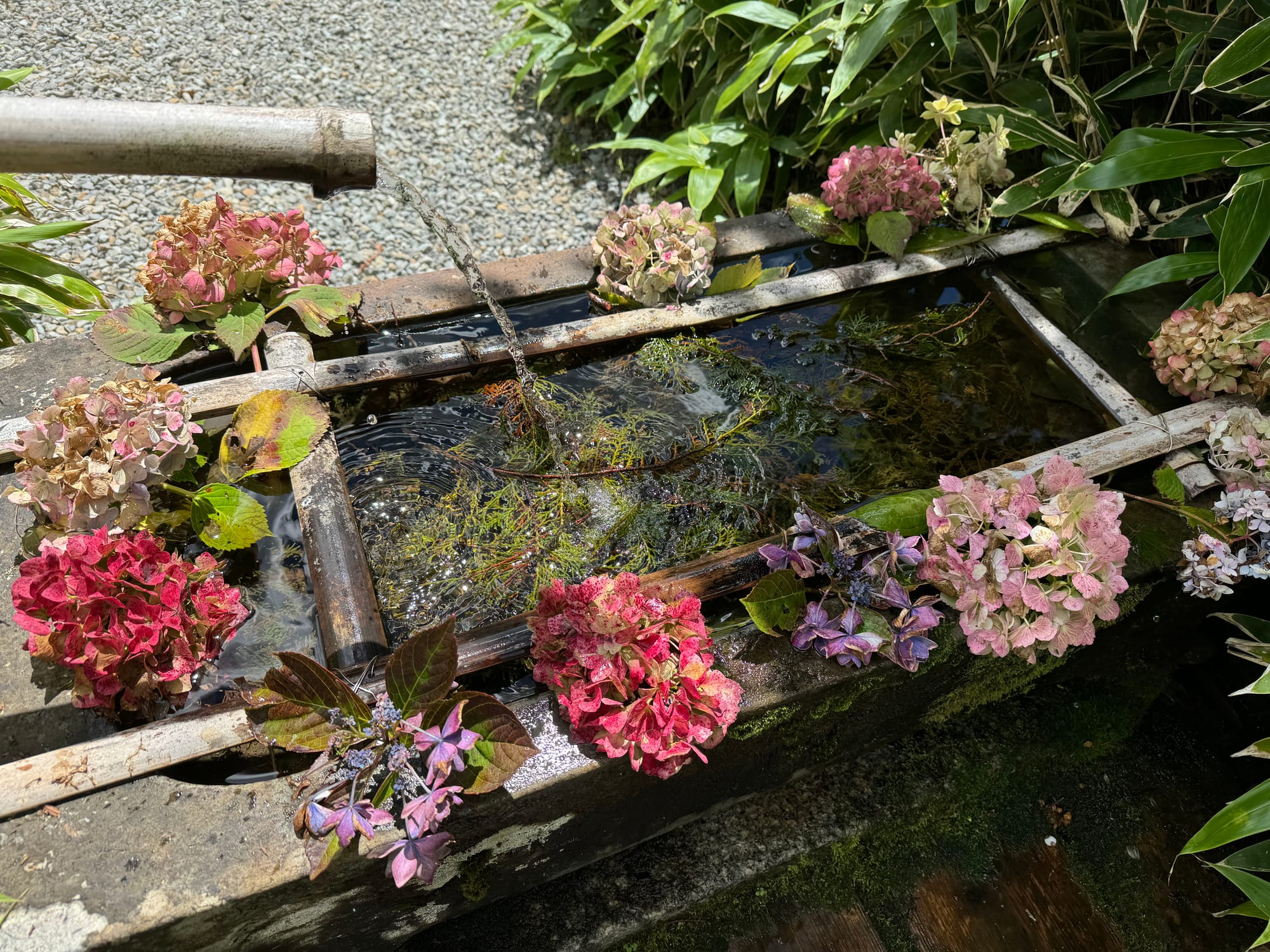
Then we got on a lift that took us up to 1715m above seal level.

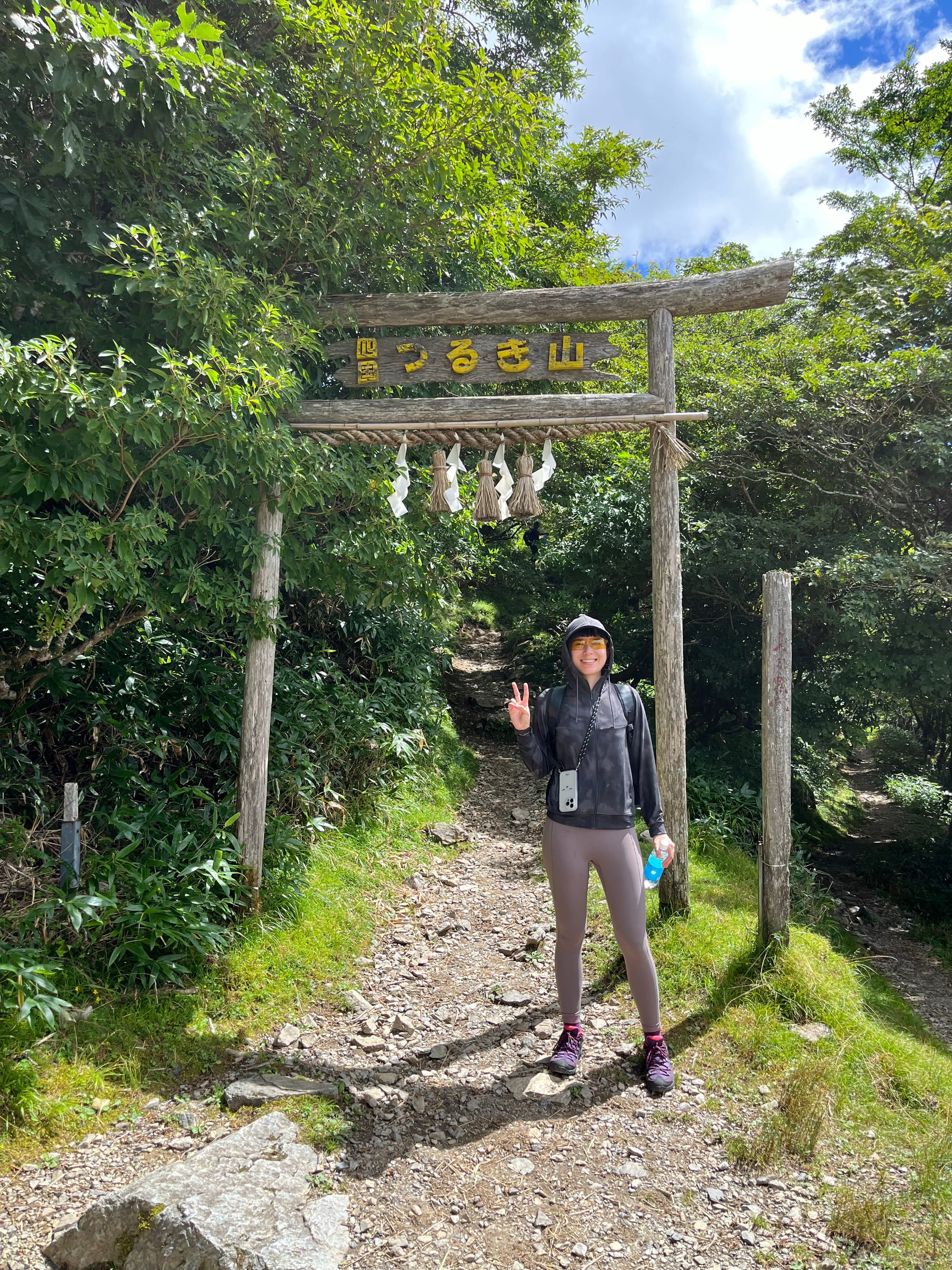
That's it for now!
In the next coming article(s) we will be sharing more about our discoveries and revelations from our search for the lost Ark at Mount Tsurugi.
Please stay tuned!
Want to learn more Dragon secrets? Become a LUNMURIAN to access members only content!
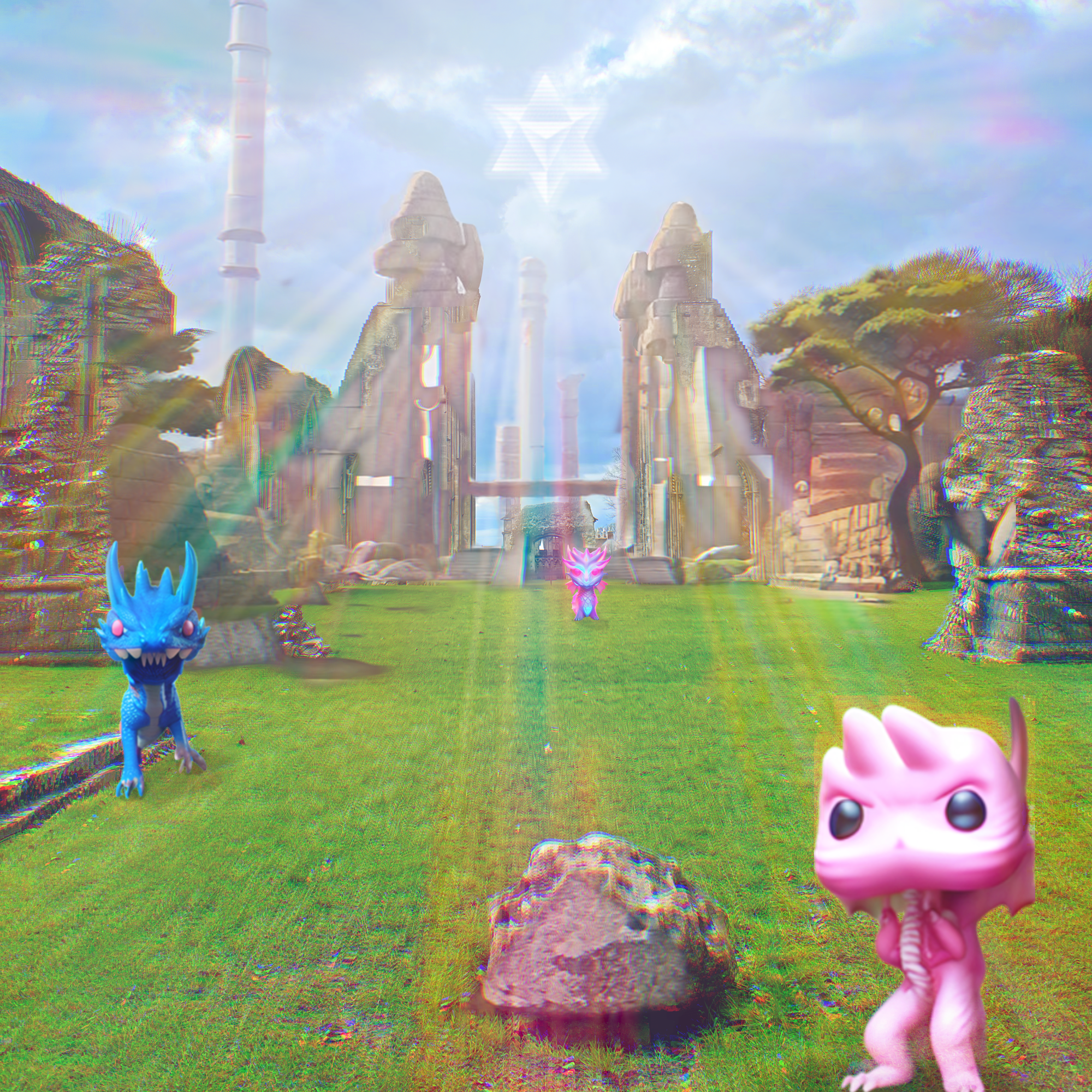
Become a member of the Order of LUNMU and ride the Dragon with us through these tumultuous times toward the coming Dragon Utopia.
List of features:
• Dragon Energy Attunement
• LUNMURIANS only content
• Video group calls
• Discussion in comments




![[Special Lecture] Healing Satanic Ritual Abuse & Animism](/content/images/size/w600/2025/12/sra-a11.jpg)